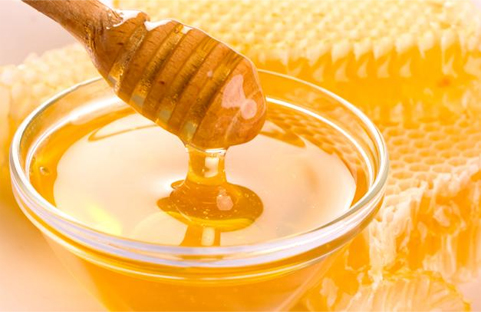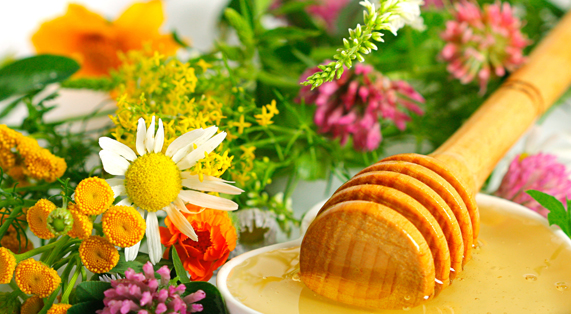Food manipulation in honeybees induces physiological responses at the individual and colony leveالتلاعب الغذائي في نحل العسل يدفع الاستجابات الفسيولوجية على مستوى الفرد والمستعمرةl
التلاعب الغذائي في نحل العسل يدفع الاستجابات الفسيولوجية على مستوى الفرد والمستعمرة
Food manipulation in honeybees induces physiological
responses at the individual and colony level
Laura Evins WILLARD, Ashley Maria HAYES, Megan Ann WALLRICHS, Olav RUEPPELL
Food manipulation in honeybees induces physiological
تشهد أبيس مليفيرا انخفاضا كبيرا في عدد السكان في الولايات المتحدة وصحة النحل هو
تتأثر بالعديد من العوامل التي يحتمل أن تكون متفاعلة تحتاج إلى معالجة من خلال مجموعة متنوعة من النهج.
في هذا السياق، قمنا بتقييم تأثير التلاعب التغذوي على فسيولوجيا العامل ومستعمره
الديموغرافيا. على وجه التحديد، نحن التلاعب بروتين توافر عن طريق تغذية المستعمرات على هلام الملكي، لوكاليتي
حبوب اللقاح، أو مخازن حبوب اللقاح العادية. بعد التأقلم مع هذه العلاجات، الأفواج التجريبية من
تم إدخال العمال وتقييمها فيما بعد فيما يتعلق العمر المتوقع، ومحتوى البروتين، والأمعاء
تكاثر الخلايا الجذعية. كما رصدنا خلاياهم لكمية العمال، الحضنة، وحبوب اللقاح المحاصرين
أمام مداخل الخلية. العمال الذين تغذوا على هلام الملكي أظهر انخفاض معدل الخلايا الجذعية المعوية
انتشار في سن النحل ممرضة. إجمالي محتوى البروتين القابلة للذوبان من الأفراد وعمر البالغين هو
لا تتأثر بشكل منهجي. ومع ذلك، لا يمكننا استبعاد دور مساعد من سوء التغذية في الانخفاض
صحة النحل من خلال إضعاف ظهارة الأمعاء. على النقيض من ضعف الآثار التجريبية على
المتغيرات الفردية، اختلف إنتاج الحضنة بشكل كبير بين خلايا النحل التجريبية. وإن لم يكن
لكن هذه الملاحظة قد تشير إلى أن اللدونة الديموغرافية بدلا من الفرد
اللدونة مهمة للتأقلم مع أنظمة غذائية مختلفة.
Abstract – Apis mellifera experiences large population declines in the USA and honeybee health is
affected by many, potentially interacting factors that need to be addressed through a variety of approaches.
In this context, we evaluated the impact of nutritional manipulations on worker physiology and colony
demography. Specifically, we manipulated protein availability by feeding colonies on royal jelly, lowquality
pollen, or regular pollen stores. After acclimation to these treatments, experimental cohorts of
workers were introduced and later assessed with regards to life expectancy, protein content, and intestinal
stem cell proliferation. We also monitored their hives for the amount of workers, brood, and pollen trapped
in front of the hive entrances. Workers that fed on royal jelly showed a reduced rate of intestinal stem cell
proliferation at nurse bee age. Total soluble protein content of individuals and adult worker lifespan were
not systematically affected. However, we cannot exclude an auxiliary role of poor nutrition to declining
bee health by weakening the intestinal epithelium. In contrast to the weak experimental effects on
individual variables, the brood production differed drastically among the experimental hives. Although not
yet replicated, this observation might indicate that hive demographic plasticity rather than individual
plasticity is important for acclimation to different food regimes.
intestinal stem cells / pollen / nutrition / demographic plasticity / mortality




